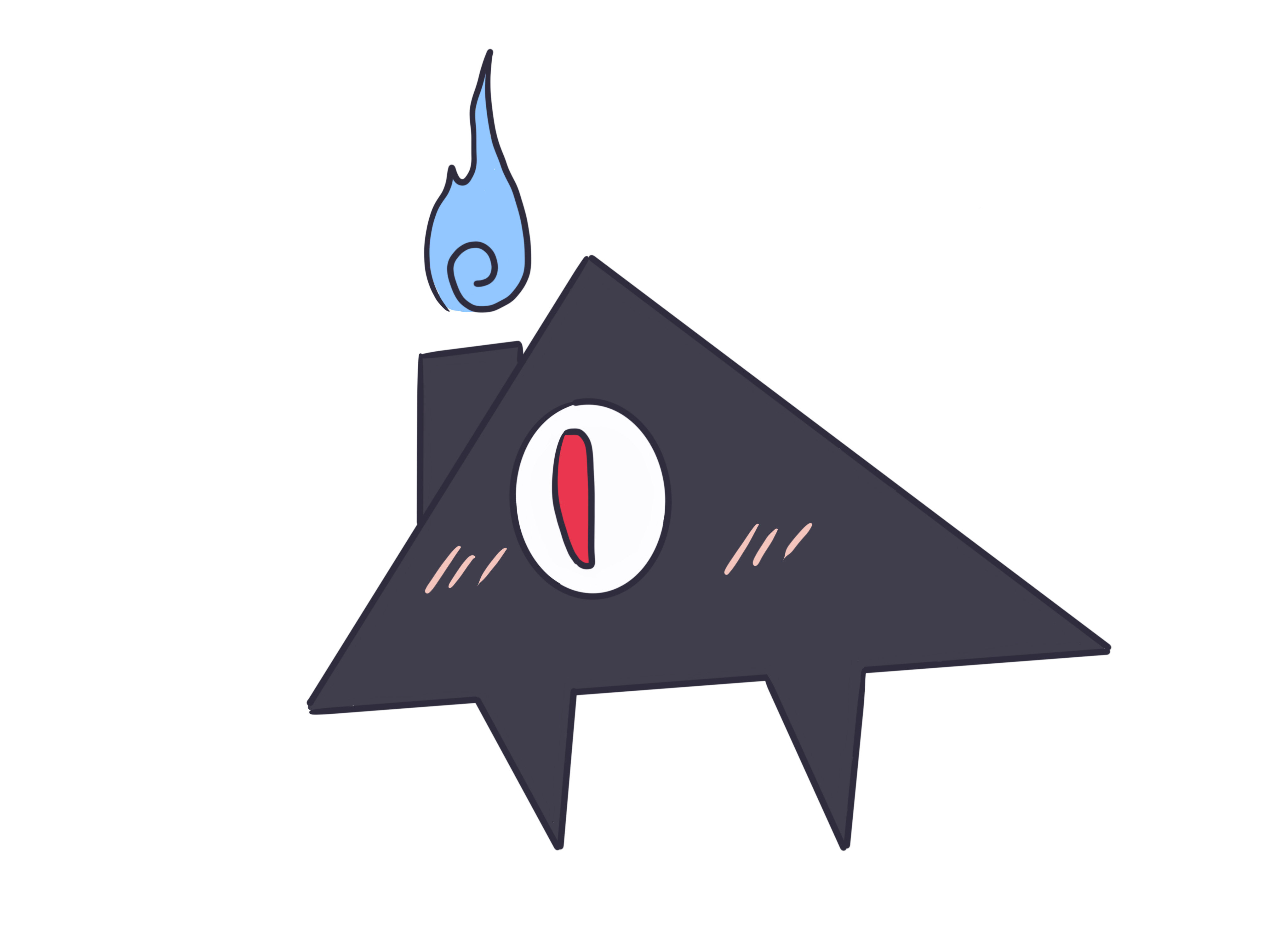A Guide for feeding
For a vampire, sustenance is paramount, yet in a world dominated by humans, discretion and adaptation are essential.
This guide explores various feeding strategies to ensure longevity, secrecy, and ethical considerations.

Discreet Human Feeding
This method involves feeding directly from humans without harming or exposing oneself. It is a refined skill that requires control, strategy, and proper targeting.
How to Feed Safely:
Microfeeding: Taking only a small amount (a few teaspoons) to avoid harming the donor while ensuring continued access to fresh blood.
Consent-Based Feeding: Some humans (often called "donors") are willing to provide blood in exchange for experiences, protection, or companionship.
Nightclub & Party Settings: Engaging in brief, unnoticed feeding in high-energy environments (light bites that heal quickly) can provide sustenance with minimal risk.
Medical Professions: Working as a nurse, paramedic, or blood technician provides access to discarded but fresh samples.
Risks & How to Avoid Them:
Risk: Anemia in repeated donors → Solution: Rotate sources, feed minimally.
Risk: Bite marks drawing suspicion → Solution: Use areas that heal quickly (inner thigh, wrist, or behind the ear).
Risk: Overconsumption leading to death → Solution: Self-control is key; always stop before the victim becomes weak or dizzy.

Blood Bag Consumption: A Modern Convenience
For vampires seeking a risk-free alternative to direct feeding, pre-packaged hospital blood bags (or black-market sources) provide a stable option.
Types of Blood Bags Available:
Hospital Discards: Slightly aged but still nutritious, often accessible through medical contacts.
Black Market Supply: Riskier, but sometimes available for purchase.
Personal Blood Banks: Some vampires establish networks of donors who voluntarily store and donate blood.
Advantages & Drawbacks:
Advantage: No human interaction, legal risk is low if acquired properly.
Disadvantage: Blood loses potency after storage, leading to diminished nutritional value.
Who Should Use This Method?
Vampires living in urban centers where hunting is difficult.
Those with medical access or black-market connections.
Vampires preferring a "vegan" approach to their feeding habits.

Animal Substitutes: Survival Without Human Blood
For those wishing to avoid human feeding entirely, animal blood is a viable substitute. While nutritionally weaker, it offers an alternative for those trying to blend into human society or restrict their bloodlust.
Best Animal Sources:
Large Mammals (Cows, Pigs, Deer) → More iron, better sustenance.
Birds & Small Animals (Rabbits, Rodents) → Lighter, but can sustain for short periods.
Fish Blood → Very weak substitute; not recommended.
Effectiveness:
Not as nourishing as human blood (requires higher consumption).
Lacks the regenerative properties of human blood, leading to weaker abilities.
Ideal for vampires trying to suppress their nature or blend into human life.

Hunting vs. Ethical Sourcing
Vampires have always walked the line between predator and civilized being. The question remains: should one hunt, or should one adapt?
Traditional Hunting Methods:
Seduction & Prey Selection: Using charm to lure unsuspecting victims.
Opportunistic Feeding: Finding weakened individuals in isolated areas.
Predatory Stalking: Hunting lone travelers or those unlikely to be missed.
Modern Ethical Feeding Alternatives:
Planned Donor Feeding: Long-term agreements with consenting individuals.
Medical Blood Access: Taking only what is available without harming others.
Hybrid Approach: Mixing animal blood with occasional microfeeding.
Final Thoughts:
The old ways ensure power but bring danger.
The modern ways allow for longevity and discretion.
Finding the balance between hunger and humanity is the key to survival.





